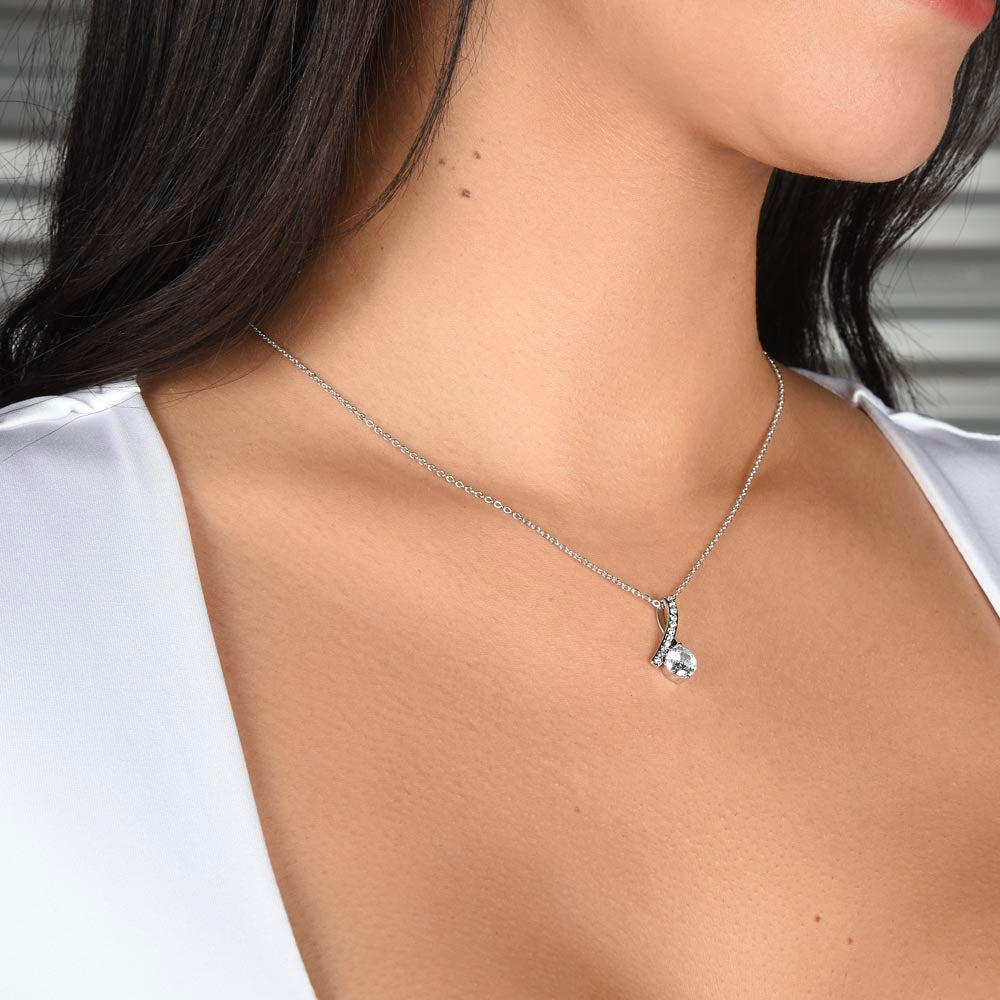How to start making jewelry? Jewelry making is a creative and rewarding hobby that allows you to design and create unique accessories to express your personal style. Whether you’re interested in making necklaces, bracelets, earrings, or rings, getting started with jewelry making can be both exciting and overwhelming. In this guide, we will provide a step-by-step process to help you begin your jewelry making journey. We will cover essential tools, basic techniques, and tips to inspire and guide you along the way. With a little practice and patience, you can create beautiful and one-of-a-kind pieces of gold jewelry.
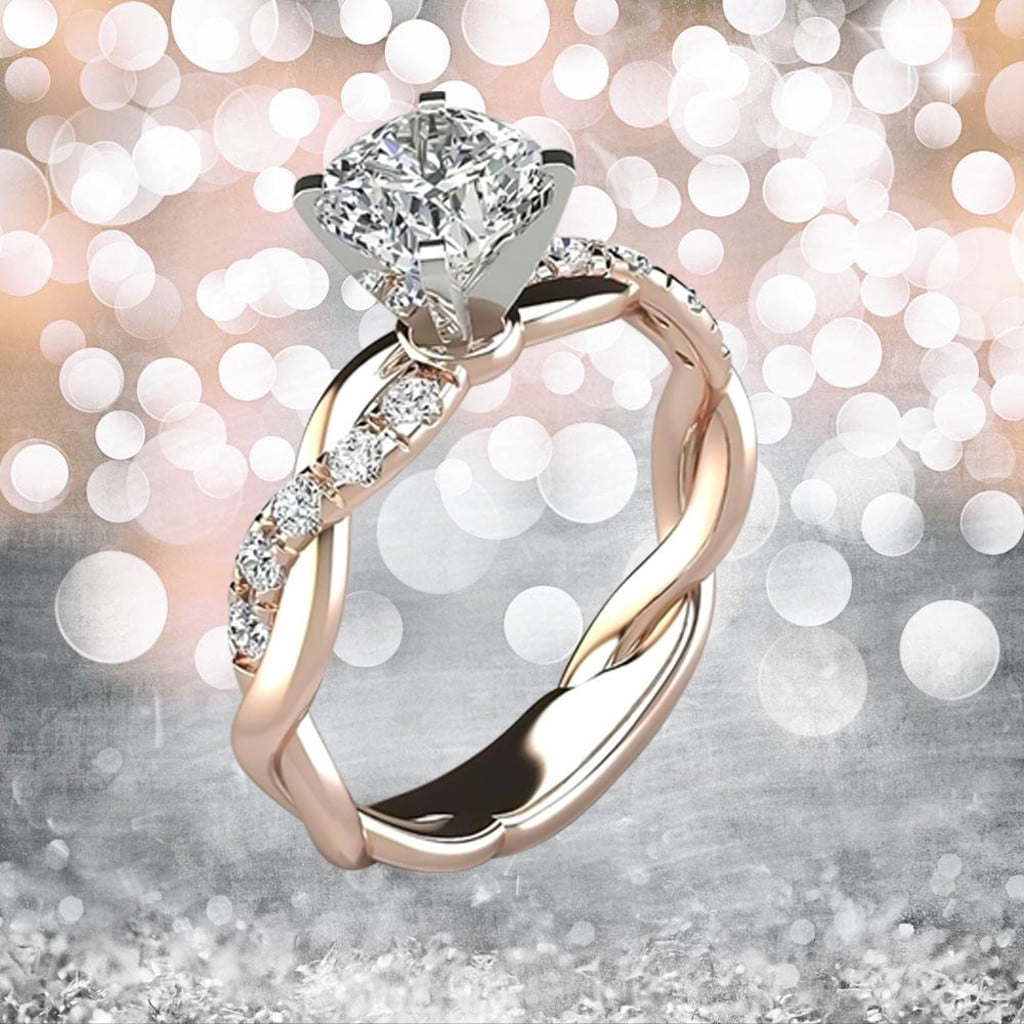
Start with Simple Projects:
Begin your jewelry making journey with simple projects that require basic techniques and a limited number of materials. This will help you build your skills and confidence before tackling more complex designs. Simple projects could include beaded bracelets, charm necklaces, or simple wire-wrapped earrings.
Gather Essential Tools:
To start making jewelry, you will need a few essential tools. These include:
- Round-nose pliers: These pliers have tapered, round tips for making loops and bending wire.
- Chain-nose pliers: These pliers have flat, narrow jaws for holding and manipulating small components.
- Wire cutters: These cutters are used for cutting wire or metal findings.
- Beading mat or tray: This provides a non-slip surface to work on and helps prevent beads from rolling away.
- Beading needles: These thin and flexible needles are used for stringing beads when creating beadwork or bead embroidery.
- Beading thread or wire: Choose a suitable thread or wire that matches your project. Beading thread is commonly used for stringing beads, while beading wire offers more structure for creating wire-based jewelry.
Learn Basic Techniques:
Familiarize yourself with basic jewelry making techniques. These commonly include:
- Stringing: Stringing involves threading beads onto a stringing material, such as beading thread or wire. It is the foundation for many jewelry projects and can be done in different patterns and styles.
- Wire Wrapping: Wire wrapping is the process of enclosing beads or other components with wire to create decorative links, pendants, or intricate designs.
- Looping: Looping is creating loops or eye pins at the end of a wire to allow for attachment to other components, such as jump rings or ear wires.
- Crimping: Crimping is a technique used to secure beads or findings onto beading wire using crimp beads or tubes and crimping pliers.
- Knotting: Knotting is commonly used in stringing beads to create spaces between beads or at the beginning and end of a necklace or bracelet.
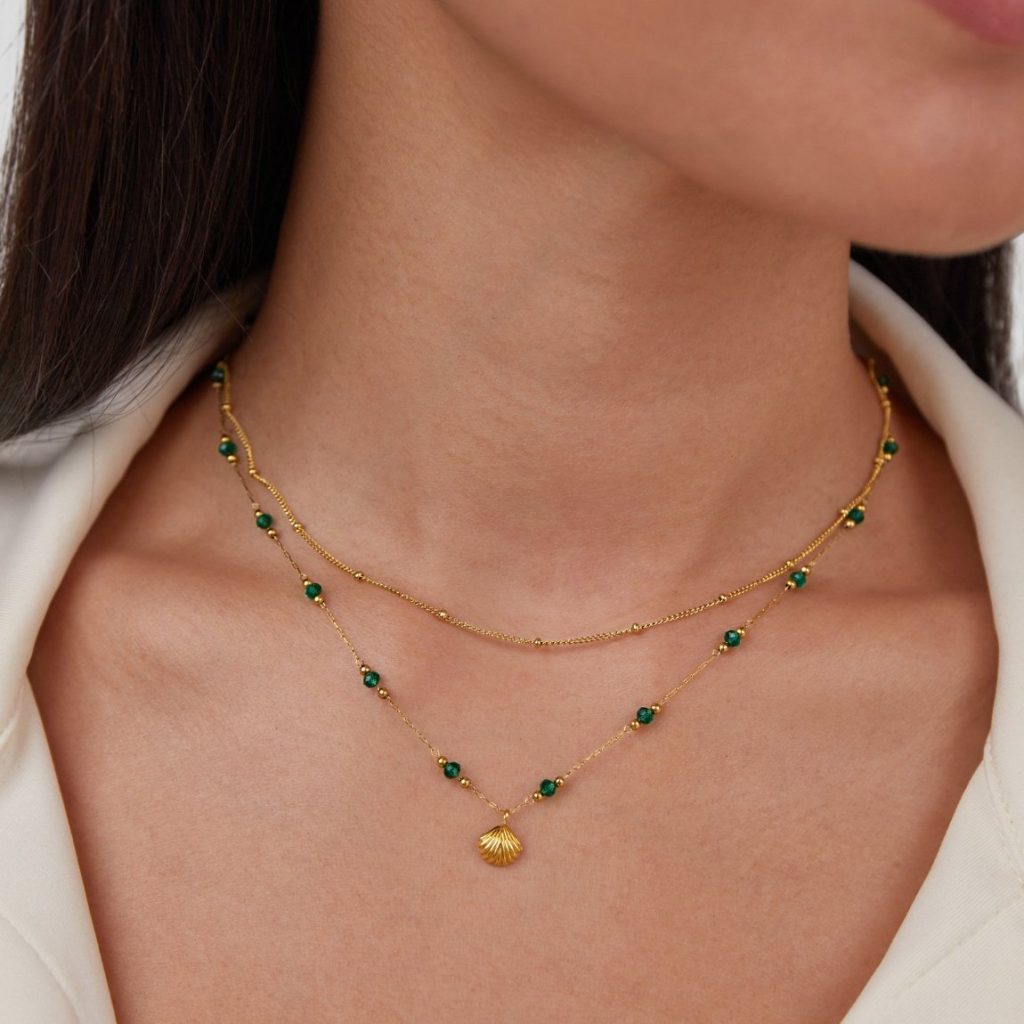
Find Inspiration:
Browse jewelry-making books, websites, and social media platforms for inspiration. Collect images or create mood boards to help refine your personal style. Experiment with different colors, textures, and materials to unlock your creativity and develop your own jewelry designs.
Start with Affordable Materials:
When starting out, use affordable materials such as glass or acrylic beads, base metal findings, and craft wire. These materials allow you to practice techniques, experiment with designs, and make mistakes without breaking the bank.
Join Jewelry Making Communities:
Connect with fellow jewelry makers in online communities, forums, or local craft groups. Being part of a community provides opportunities to share ideas, troubleshoot challenges, and learn from experienced jewelers. Additionally, attending workshops or taking classes can further enhance your skills and provide valuable insights.
Practice Consistently:
Like any skill, jewelry making requires practice to improve and refine your techniques. Dedicate regular time to your craft, be patient with yourself, and embrace the learning process. As you practice, you will gain confidence and develop your own style, evolving as a jewelry maker.
Experiment with Different Materials:
As you become more comfortable with basic techniques, gradually explore new materials to expand your skills and diversify your jewelry designs. Experiment with gemstones, pearls, crystals, or precious metals to create more intricate and high-quality pieces.
What are the good-looking jewelry styles?
Jewelry is a timeless accessory that adds elegance, sophistication, and personality to any outfit. With countless styles to choose from, beaded jewelry offers an array of options to suit individual tastes and preferences. From classic to contemporary designs, jewelry captures the beauty of various materials and craftsmanship.
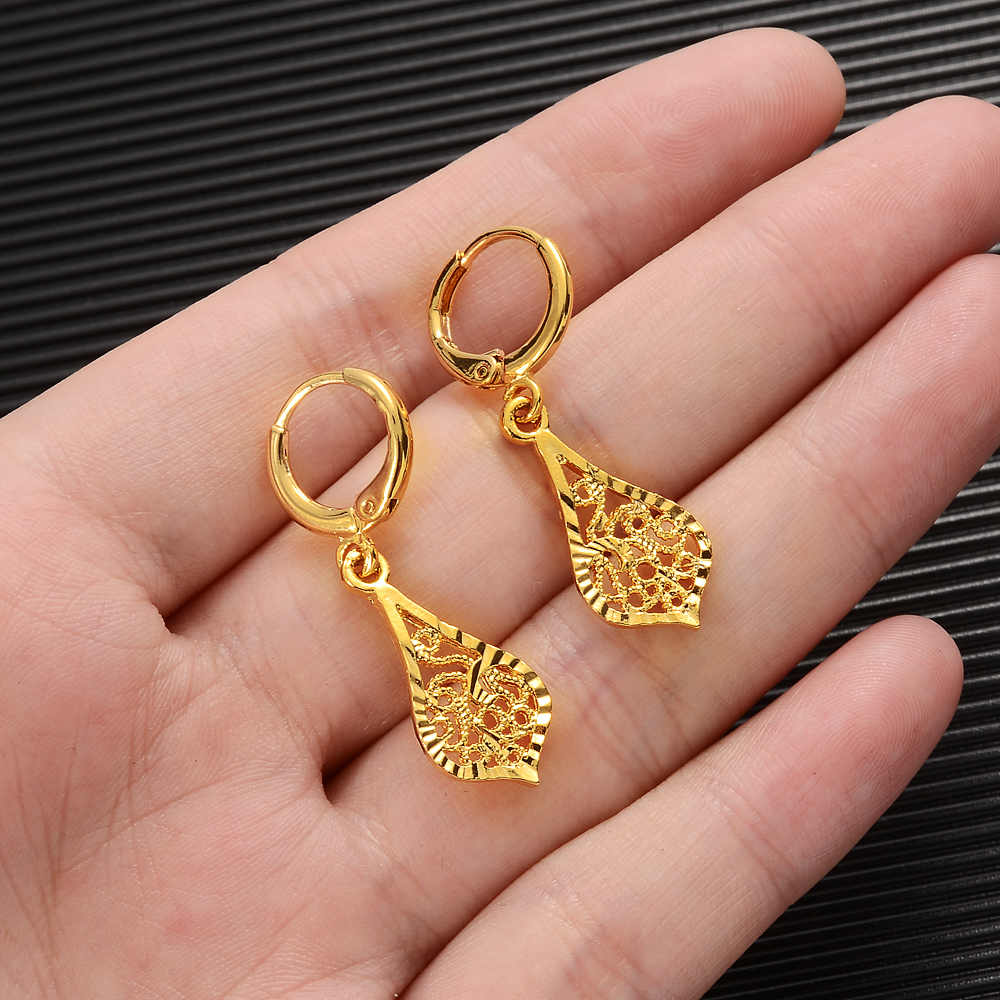
Classic and Timeless:
- Solitaire Diamond Pendant Necklace: A staple in any jewelry collection, a solitaire diamond pendant necklace exudes elegance and sophistication. The simplicity of a single diamond on a delicate chain complements any neckline and adds a touch of luxury to any outfit.
- Pearl Stud Earrings: Timeless and versatile, pearl stud earrings are a symbol of elegance and grace. Whether freshwater or cultured, pearls add a touch of sophistication to any ensemble and are suitable for both formal occasions and everyday wear.
- Tennis Bracelet: A classic tennis bracelet features a continuous line of diamonds or gemstones set in a delicate chain. This versatile piece is both timeless and elegant, lending a touch of glamour to any wrist.
- Traditional Engagement Ring: The traditional engagement ring typically features a sparkling diamond in a classic solitaire or halo setting. This enduring style symbolizes love and commitment and remains a popular choice for engagement rings.
Vintage and Antique:
- Art Deco Earrings: Art Deco earrings showcase geometric shapes, lavish gemstones, and intricate metalwork. This vintage style adds a touch of glamour and nostalgia, making a statement with bold designs and vibrant accents.
- Victorian Locket Necklace: Victorian lockets are delicately designed pieces that often contain spaces to hold miniature photographs or keepsakes. This romantic and sentimental style brings a touch of vintage charm to any neckline.
- Filigree Rings: Filigree rings feature intricate metalwork in intricate patterns and openwork designs, showcasing vintage elegance and old-world craftsmanship. These rings create a delicate and feminine look on any finger.
Contemporary and Modern:
- Geometric Statement Necklace: Geometric statement necklaces feature bold, angular forms and innovative designs. With their clean lines and unique shapes, these necklaces become the focal point of any outfit, adding a contemporary edge.
- Cuff Bracelet: Cuff bracelets make a bold statement with their wide, open-ended design. With varying patterns, finishes, and materials, these bracelets can be sleek and minimalist or ornate and eye-catching.
- Threader Earrings: Unconventional and modern, threader earrings consist of a thin chain that threads through the earlobe, creating an elegant and minimalist look. These versatile earrings can be adjust for different lengths and provide a subtle touch of sophistication.
- Stackable Rings: Stackable rings allow for creativity and personalization, as they can be mix and match to create a unique and personalize look. By stacking rings of different sizes, metals, and gemstones, you can create a trendy and customize style.
Statement and Artistic:
- Statement Collar Necklace: Statement collar necklaces feature bold designs and intricate details, creating a captivating focal point on the neckline. With their substantial size and elaborate patterns, these necklaces make a dramatic statement.
- Chunky Gemstone Bracelet: Chunky gemstone bracelets showcase large and vibrant gemstones, creating a bold and eye-catching accessory. These bracelets highlight the natural beauty of gemstones, adding a pop of color to any wrist.
- Dangle and Chandelier Earrings: Dangle and chandelier earrings feature cascades of gemstones, pearls, or mix metals, creating a stunning visual impact. These earrings add glamour and movement to any ensemble, making them perfect for special occasions.
- Cocktail Rings: Cocktail rings are oversize and bold, featuring large gemstones or vibrant clusters of smaller stones. These statement rings add a touch of drama and glamour to any hand, making them ideal for events or evening wear.
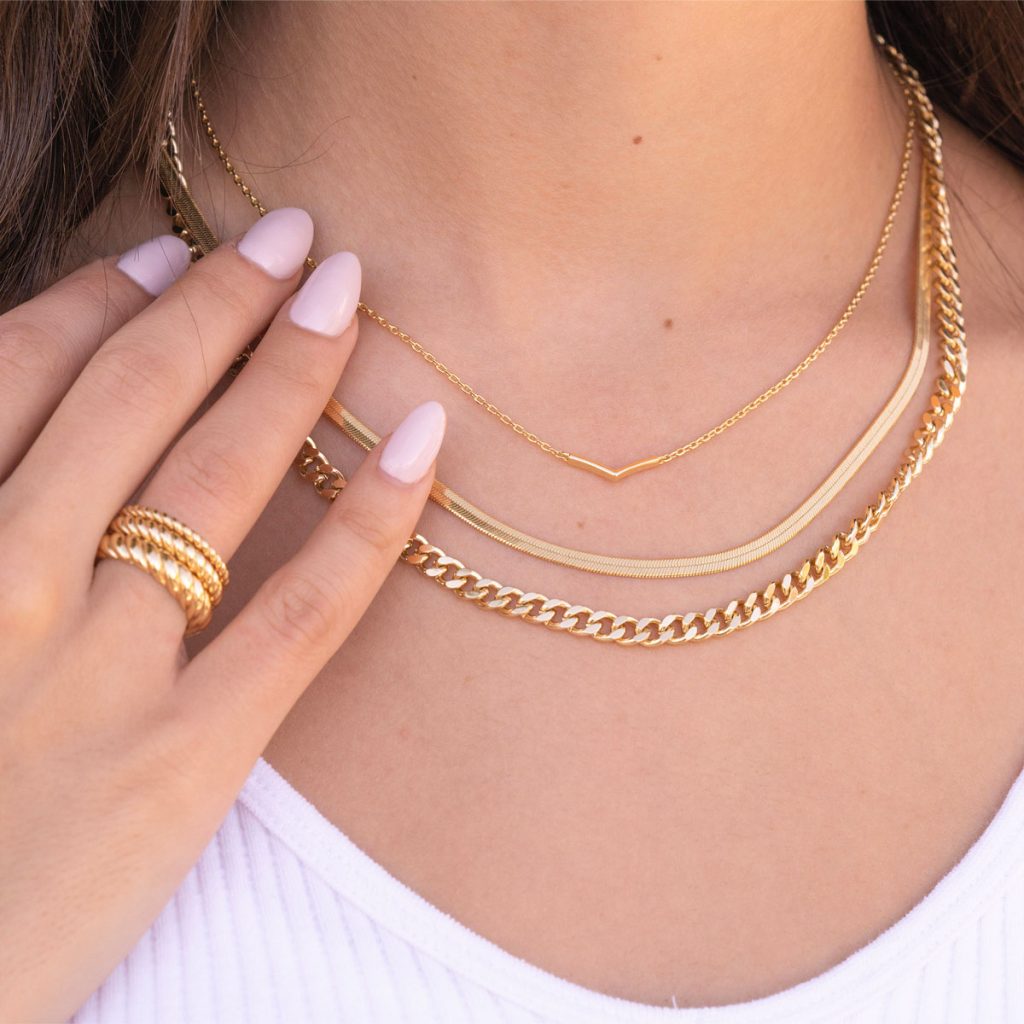
Conclusion:
Starting your jewelry making journey is an exciting and fulfilling endeavor. By following these steps, gathering essential tools, learning basic techniques, finding inspiration, using affordable materials, joining jewelry making communities, practicing consistently, and experimenting with different materials, you can begin creating beautiful and unique jewelry pieces. Remember to have fun, be patient, and embrace the creative process as you explore the world of jewelry making. With time and practice, your skills and designs will evolve, allowing you to express your individuality through your own stunning pieces of jewelry.
